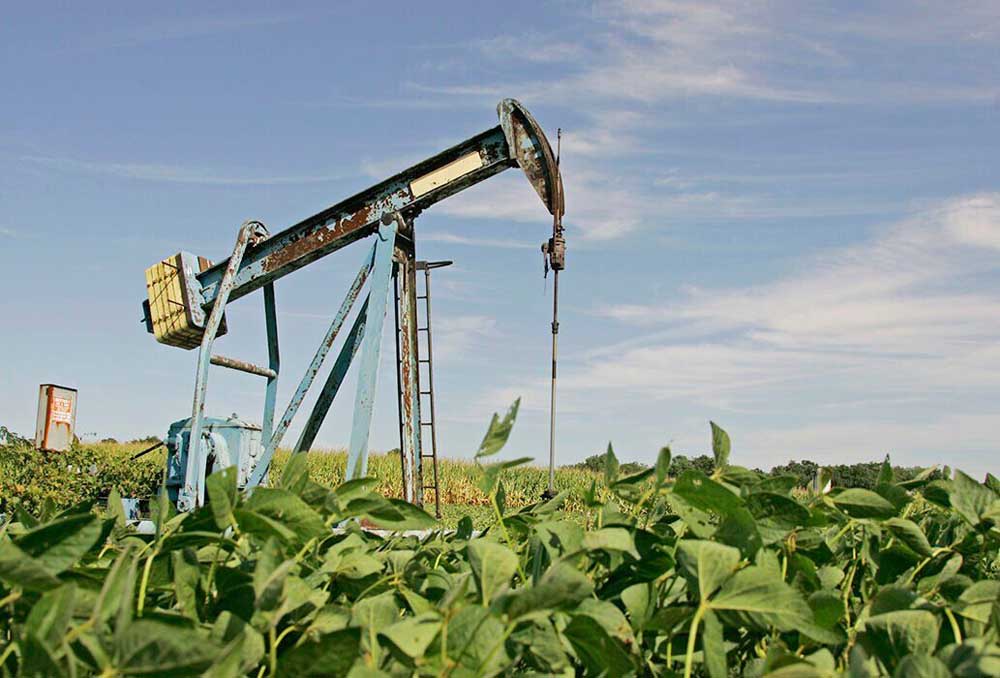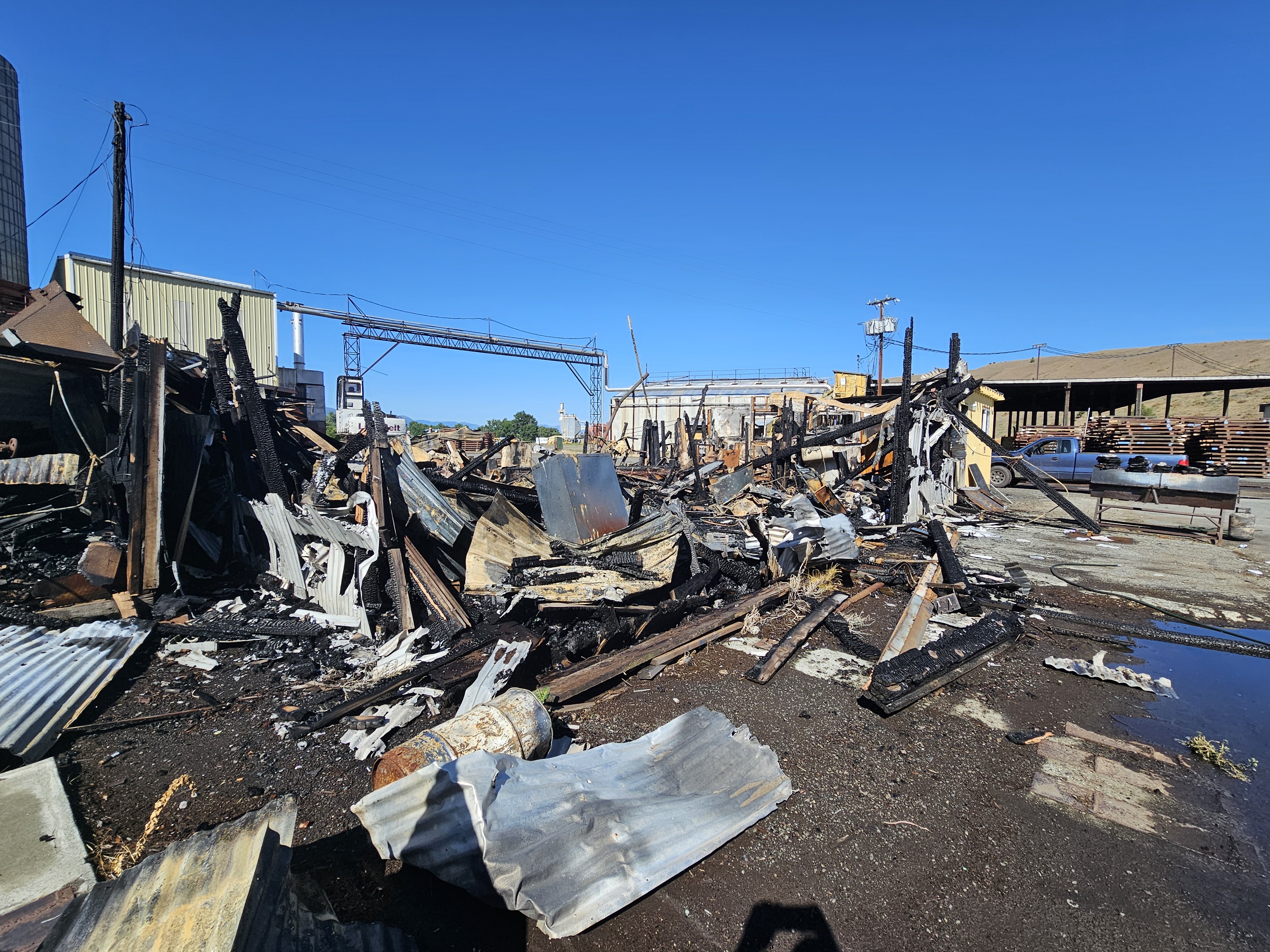Our view: U.S. needs a realistic oil and gas policy
Published 7:00 am Thursday, March 17, 2022

- An oil well pump in the middle of an Ohio soybean field. President Biden now wants to increase domestic oil production.
President Biden has blamed the Russian invasion of Ukraine for rising fuel prices. But figures show prices have been on the rise for more than a year. The invasion and the ensuing bans on Russian crude have only made the situation worse.
Trending
The price and supply volatility suggest that the United States needs to revisit its policies towards the domestic gas and oil industry even as the country works to transition to alternative energy sources.
A year ago, the spot price for a barrel of West Texas Intermediate — a benchmark crude oil — was $62.29 a barrel and the average price of a gallon of gas in Oregon and Washington was $2.89.
As post-COVID demand outstripped supply, oil prices rose to $91.70 a barrel on Feb. 18, the last day of trading before the invasion.
Trending
According to the U.S. Energy Information Administration, the average retail price of regular gas in Oregon and Washington was $4.32 a gallon on March 7, up 46 cents from the week before and $1.43 over the year before.
The average retail price of on-road diesel in Oregon and Washington was $4.978 a gallon on March 7, up 68 cents from the week before and $1.75 over the year before.
The United States is still a net exporter of petroleum, pumping 11.6 million barrels a day, and the Energy Department forecasts that production will increase by another million barrels by the end of the year.
The alternatives are expensive, even with subsidies. Proponents favor pricing fossil fuels out of the market and forcing consumers to make the transition. That requires regulatory and policy measures that limit oil and gas production.
For the most part, the administration is favorable to that strategy. Throughout the campaign, candidate Biden said he’d “get rid of fossil fuels.” While he has yet to succeed, his policies have made permitting and production more difficult.
But now the president wants oil companies to start pumping to bring down gas prices, as if a spigot can be turned on. It takes a year or more to get a well drilled and producing, and oil companies make expansion plans based on long-term financial forecasts.
Why would oil companies plan to expand production during an administration that’s committed to getting rid of fossil fuels?
We have no animus towards alternative energy sources, at least those that don’t impact productive farmland. But we live in the real world where the needs of everyday life cannot yet be met by wind, solar panels and batteries. Trucks, tractors, combines, tanks and fighter jets are still powered by fossil fuels.
It’s possible that one day our personal and commercial lives won’t be powered by fossil fuels, but that day isn’t today, it won’t be tomorrow, nor probably any day in the next decade or more.
Until that day arrives, it only makes sense that U.S. policy facilitates enough oil and natural gas to ensure our commercial and strategic energy needs are met.









